17 Underrated Destinations In Europe To Add To Your Travel Bucket List

Europe’s famous cities like Paris and Rome often steal the spotlight, but the continent is brimming with hidden treasures waiting to be discovered. I’ve explored countless lesser-known European gems that offer authentic experiences without the overwhelming crowds.
If you’re tired of tourist traps and seeking something special, these 17 underrated destinations will inject fresh excitement into your travel plans.
1. Kotor, Montenegro
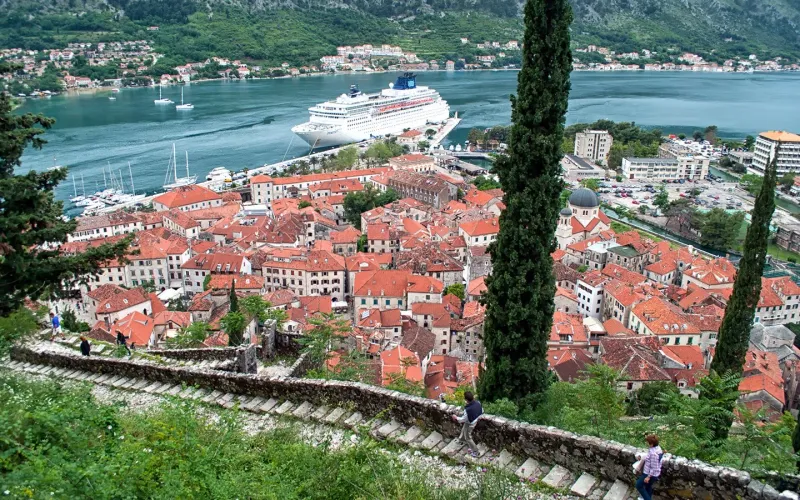
Nestled between dramatic mountains and a stunning bay, Kotor feels like stepping into a medieval fairy tale. The walled Old Town features narrow marble streets and charming squares where cats lounge in the sunshine.
Hiking up to San Giovanni Fortress rewards you with breathtaking views of the bay’s blue waters. The locals are incredibly welcoming, often sharing stories about the town’s Venetian heritage over glasses of local wine.
2. Brasov, Romania
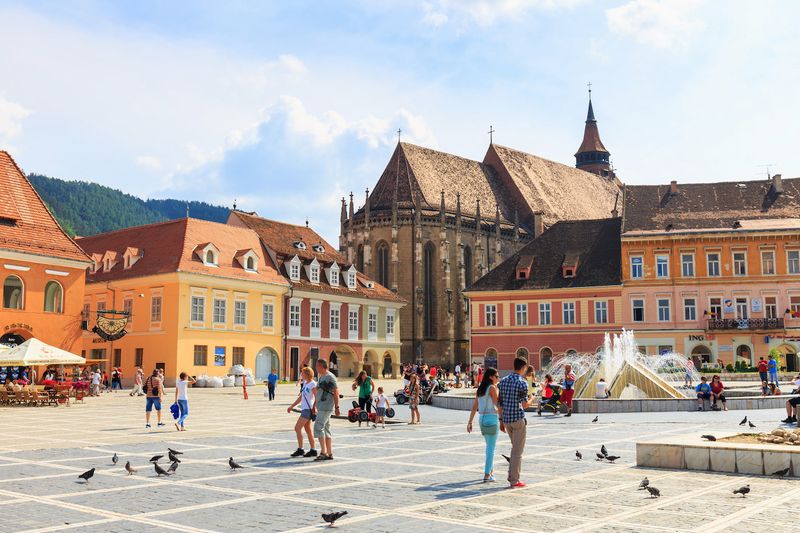
Hidden in the heart of Transylvania, Brasov combines colorful baroque buildings with Gothic spires against a backdrop of the Carpathian Mountains. The cobblestone streets of the old Saxon quarter lead to cozy cafes serving papanasi, delicious Romanian donuts topped with jam and cream.
Did you know Brasov is home to one of Europe’s narrowest streets? Strada Sforii is barely wide enough for one person! From here, day trips to Dracula’s Castle (Bran Castle) are easy and absolutely worth it.
3. Ghent, Belgium
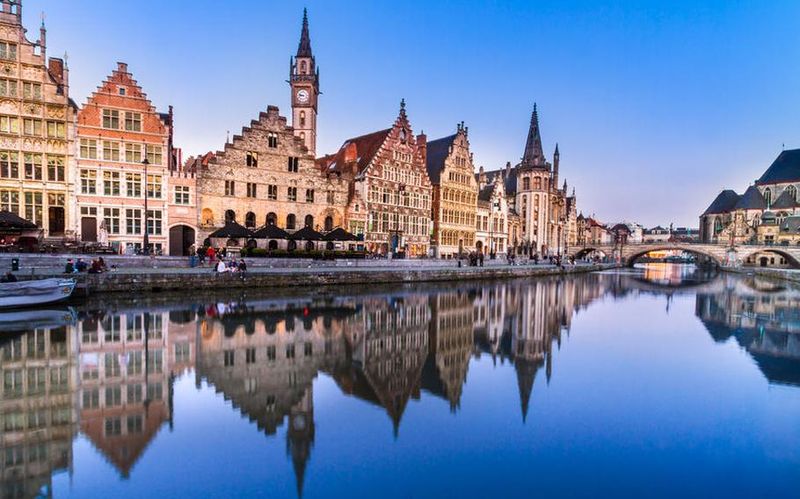
While tourists flock to Bruges, I find Ghent offers a more authentic Belgian experience with fewer crowds. Medieval architecture lines the canals, creating perfect reflections that seem almost too picturesque to be real.
The city comes alive at night when the ingenious lighting system illuminates historic buildings. Make sure to try waterzooi (a creamy chicken stew) at one of the canalside restaurants. Ghent’s vibrant student population gives the ancient city a youthful energy you won’t find in other Belgian destinations.
4. Matera, Italy
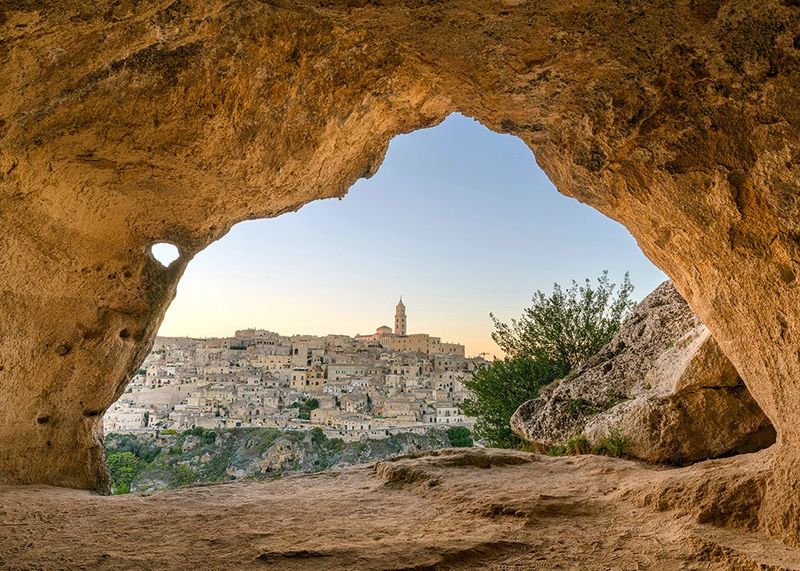
Ancient cave dwellings carved into limestone cliffs make Matera one of Europe’s most extraordinary landscapes. Until the 1950s, this was considered Italy’s “shame” due to poverty, but today it’s a UNESCO treasure and was a European Capital of Culture in 2019.
Wandering through the sassi (cave districts) feels like traveling back thousands of years. Many caves now house boutique hotels, restaurants, and artisan shops. The bread here follows a centuries-old recipe and pairs perfectly with the region’s robust red wines.
5. Sintra, Portugal

Just a short trip from Lisbon lies a town that seems plucked from a fantasy novel. Misty forests surround colorful palaces and romantic castles perched atop hills.
The vibrant yellow and red Pena Palace looks like something Disney would design if given free rein. I recommend arriving early to explore before day-trippers appear. Don’t miss Quinta da Regaleira with its mysterious initiation well – a spiral staircase descending into the earth that was used for secret ceremonies.
6. Lake Bled, Slovenia
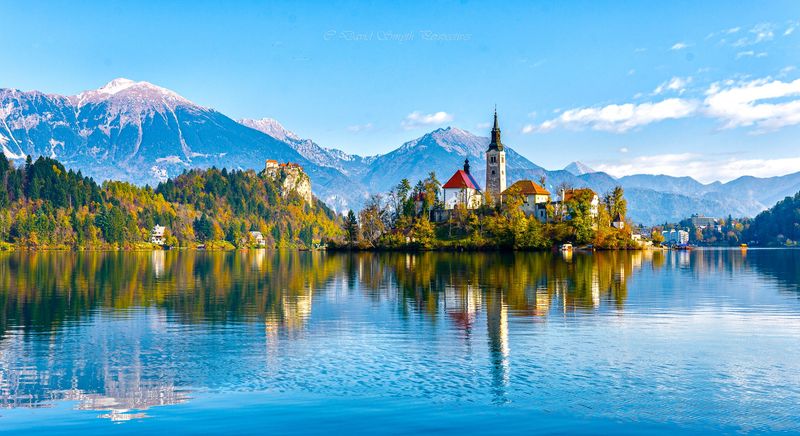
Crystal-clear waters surround a tiny island topped with a fairy-tale church – Lake Bled captures hearts instantly. Rowing a traditional wooden pletna boat to the island is an experience I’ll never forget.
Hiking trails around the lake offer stunning viewpoints of the Julian Alps reflection. The local specialty, Bled cream cake (kremšnita), provides the perfect energy boost after climbing to the medieval castle overlooking the lake. Summer brings swimmers while winter transforms the scene into a peaceful snow globe.
7. Český Krumlov, Czech Republic
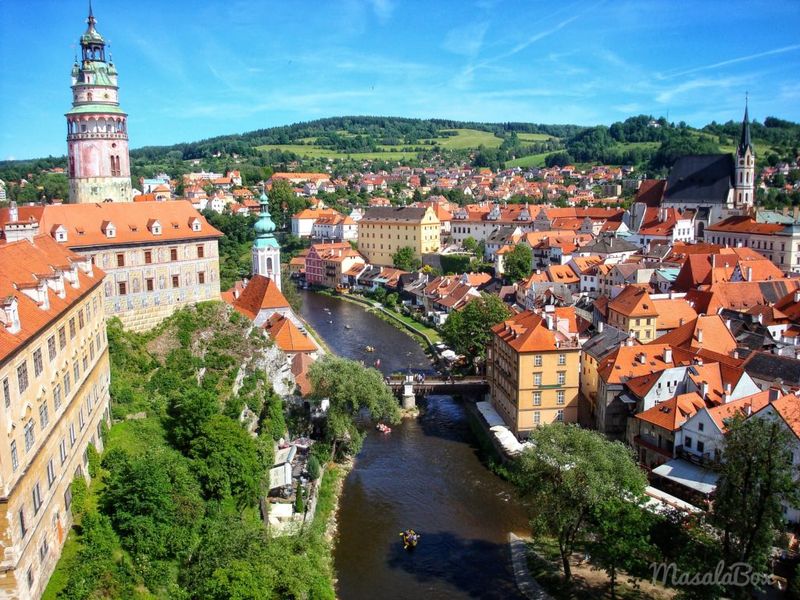
This fairytale town curves around a meandering river, with a massive castle towering above orange rooftops. Walking through Český Krumlov feels like stepping into a Renaissance painting that’s somehow preserved perfectly.
Summer brings the possibility of rafting down the Vltava River right through town. The castle’s baroque theater is one of few in the world that maintains original 18th-century stage machinery. Despite being just a few hours from Prague, this gem remains refreshingly authentic and less crowded.
8. Mostar, Bosnia and Herzegovina
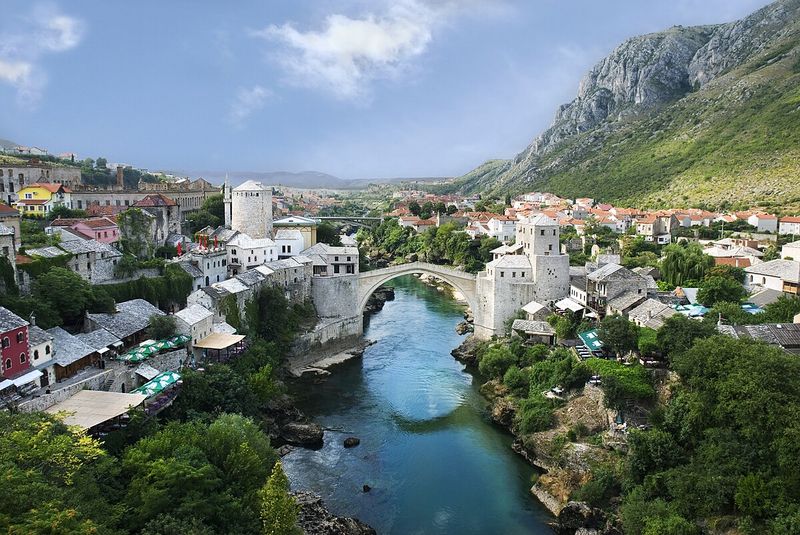
Famous for its iconic stone bridge arching over emerald waters, Mostar offers a fascinating blend of Ottoman, Mediterranean and Western European influences. The bridge itself tells a powerful story – destroyed during the 1990s war, it was meticulously rebuilt as a symbol of reconciliation.
Local divers have performed bridge jumps for generations, plunging 24 meters into the cold Neretva River. Beyond the bridge, the old bazaar buzzes with coppersmiths creating traditional souvenirs. The call to prayer mixing with church bells creates a uniquely harmonious atmosphere.
9. Tallinn, Estonia
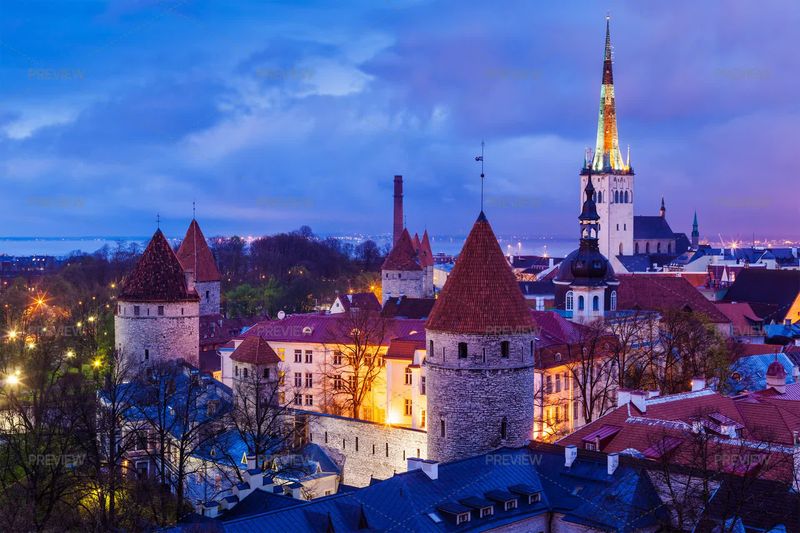
Medieval meets digital in Estonia’s charming capital. The perfectly preserved Old Town features imposing city walls, hidden courtyards, and guild houses that transport you back centuries.
Beyond the historic center, Tallinn embraces the future as one of Europe’s most tech-savvy cities. Try the local specialty, elk soup, in a cellar restaurant before exploring the creative Telliskivi district where Soviet-era factories now house art galleries and craft breweries. Winter brings magical Christmas markets with mulled wine strong enough to combat the Baltic chill.
10. Plitvice Lakes, Croatia
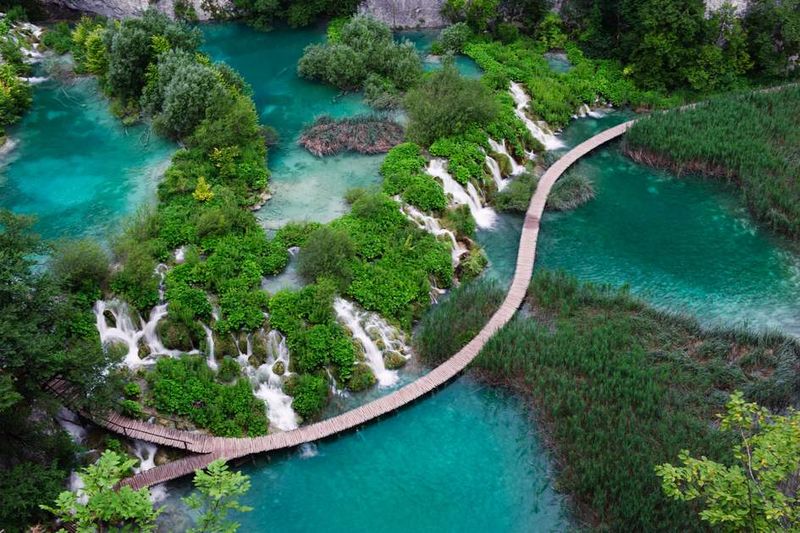
Imagine 16 terraced lakes connected by waterfalls, their colors shifting from emerald to turquoise depending on the minerals and sunlight. Wooden walkways weave through this watery paradise, bringing you close enough to feel the spray.
Unlike Croatia’s popular coastal destinations, Plitvice offers a completely different experience in the country’s forested interior. Visiting in autumn rewards you with fewer crowds and spectacular foliage reflecting in the crystal waters. The park’s bear and wolf population remains elusive, but knowing they roam these forests adds to the wilderness feel.
11. Dinant, Belgium
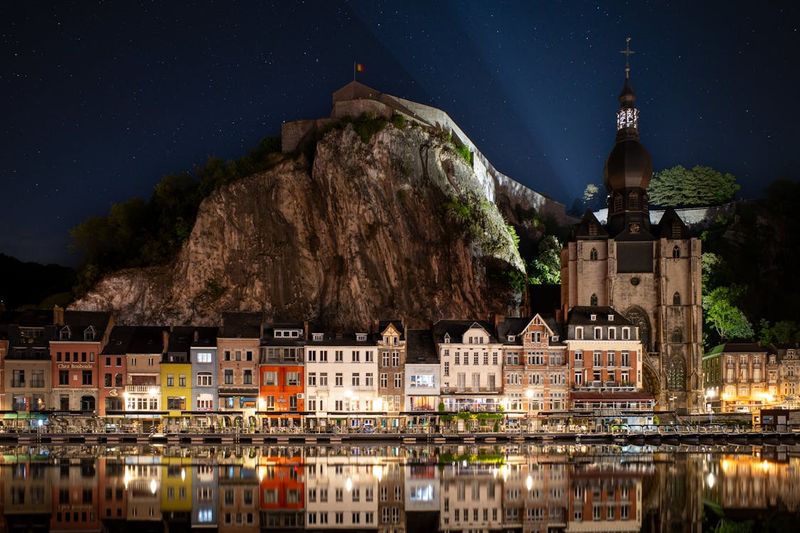
Squeezed between towering limestone cliffs and the Meuse River, Dinant’s dramatic setting immediately captures your imagination. The town’s skyline is dominated by an onion-domed church and a citadel perched atop a massive rock.
Did you know the saxophone was invented here? The instrument’s creator, Adolphe Sax, was born in Dinant, and colorful saxophone sculptures line the Charles de Gaulle bridge. Don’t leave without trying couque de Dinant – rock-hard honey cookies pressed into intricate designs that are meant to be slowly dissolved in coffee.
12. Ksamil, Albania
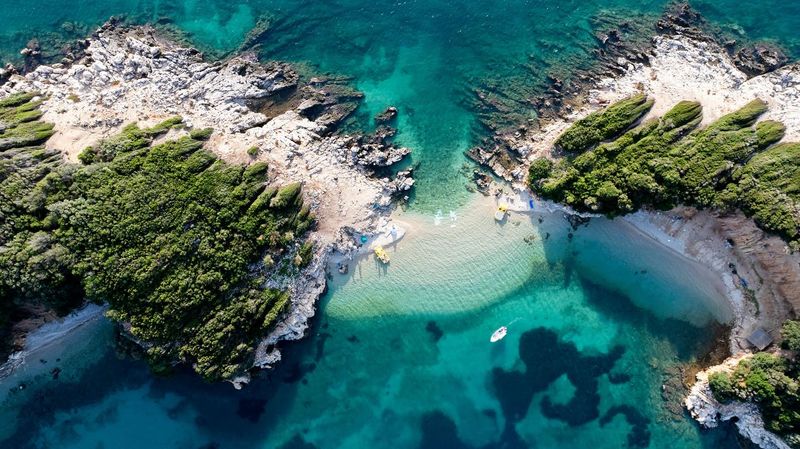
Crystal-clear turquoise waters rival those of the Caribbean at this Albanian Riviera gem. Small islands dot the bay, close enough to swim to from beaches of soft white sand that remain refreshingly uncrowded.
Just minutes away lies the UNESCO-listed ruins of Butrint, where you can explore 2,500 years of Mediterranean civilization. Fresh seafood costs a fraction of what you’d pay elsewhere in Europe. The combination of stunning beaches, ancient history, and incredibly affordable prices makes Ksamil my favorite European discovery in recent years.
13. Lauterbrunnen, Switzerland
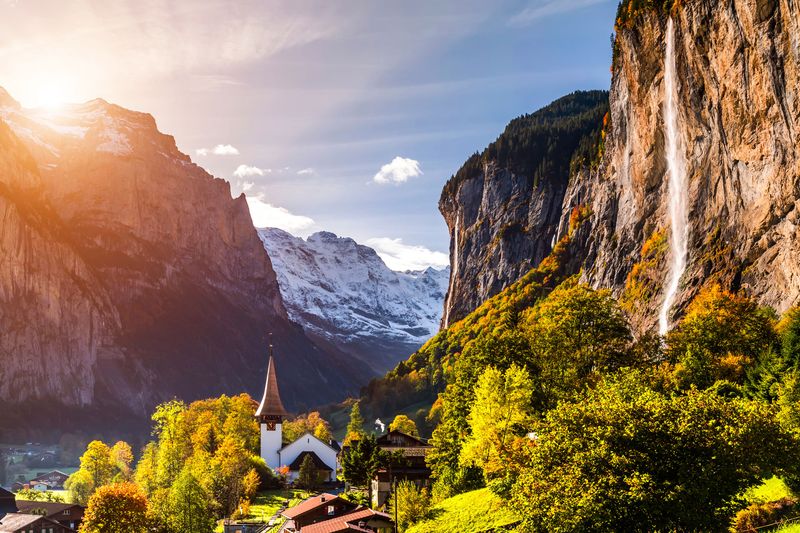
Nestled in a valley so perfect it inspired Tolkien’s Rivendell, Lauterbrunnen showcases Switzerland’s most spectacular natural beauty. Over 72 waterfalls cascade from vertical cliff faces, with the most famous, Staubbach Falls, plunging nearly 300 meters from an overhanging rock face.
Traditional wooden chalets with flower boxes sit in meadows where cows graze beneath towering peaks. The valley serves as a gateway to the Jungfrau region’s world-class hiking and skiing. Despite its breathtaking scenery, Lauterbrunnen remains far less visited than nearby Interlaken.
14. Riga, Latvia

Art Nouveau architecture reaches its peak in Latvia’s capital, where over 700 buildings showcase this flamboyant style with faces, animals and geometric patterns adorning colorful facades. The compact Old Town features medieval churches and guild houses centered around an impressive central market housed in converted zeppelin hangars.
Black balsam, the city’s signature herbal liqueur, warms you from inside out during chilly Baltic evenings. I love watching sunset from the city’s rooftop bars where Soviet-era buildings contrast with church spires. Despite its rich heritage and vibrant food scene, Riga remains surprisingly affordable.
15. Comporta, Portugal
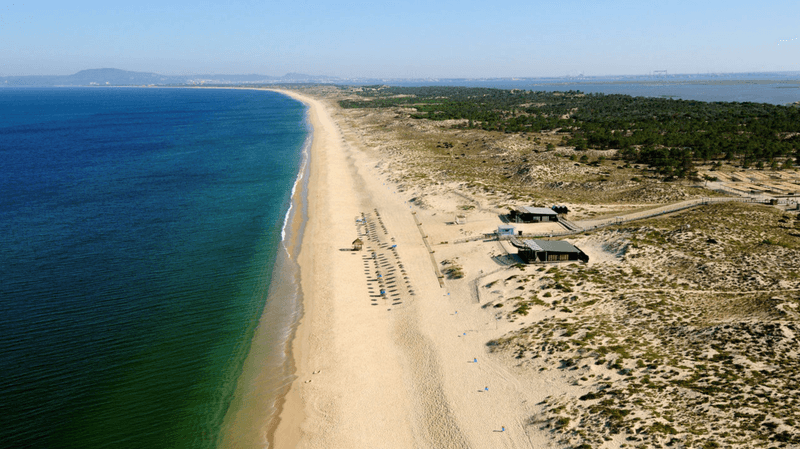
Just an hour from Lisbon lies Portugal’s best-kept secret – a stretch of pristine beaches backed by rice fields, pine forests, and sand dunes. Comporta maintains a laid-back vibe despite attracting in-the-know celebrities seeking escape from flashier European resorts.
Straw-roofed fishermen’s huts have inspired the region’s signature architectural style. You’ll find excellent seafood restaurants where grilled fish is served simply with olive oil and lemon. The combination of wild nature, stylish simplicity, and authentic Portuguese culture makes Comporta feel worlds away from the Algarve’s tourist crowds.
16. Tbilisi, Georgia

Technically at Europe’s edge, Georgia’s capital offers an intoxicating blend of East and West. Ancient domed sulfur baths sit alongside ornate Orthodox churches and crumbling Art Nouveau mansions with wooden balconies.
The food scene here will blow your mind – khachapuri (cheese-filled bread) and khinkali (soup dumplings) pair perfectly with Georgia’s 8,000-year-old wine tradition. Tbilisi’s residents are famously hospitable, often inviting visitors to impromptu feasts. Don’t miss riding the Soviet-era cable car up to Narikala Fortress for spectacular city views across the Mtkvari River.
17. Piran, Slovenia
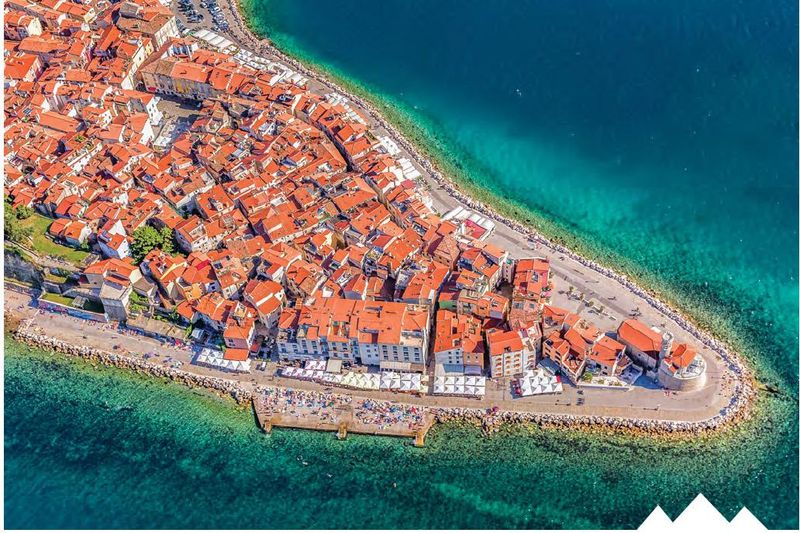
This tiny Venetian jewel on Slovenia’s short coastline packs incredible charm into its peninsula setting. Narrow streets wind through pastel-colored houses leading to a picture-perfect main square dominated by a bell tower modeled after Venice’s St. Mark’s.
Climbing the town walls rewards you with views across terracotta rooftops to the sparkling Adriatic. Fresh seafood tastes even better when enjoyed with local Istrian wines on a harborside terrace. Despite being just as pretty as more famous Adriatic towns, Piran remains blissfully uncrowded even in summer months.
